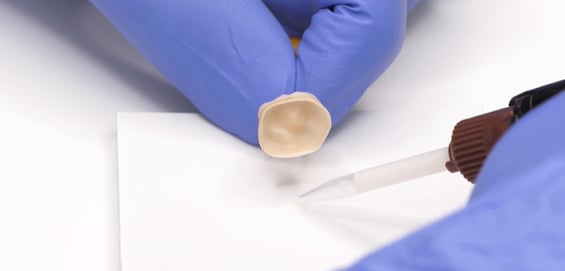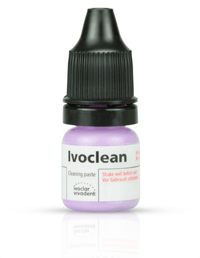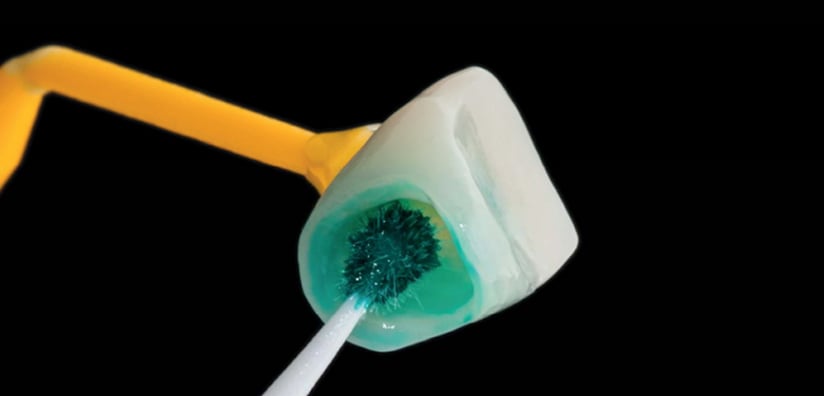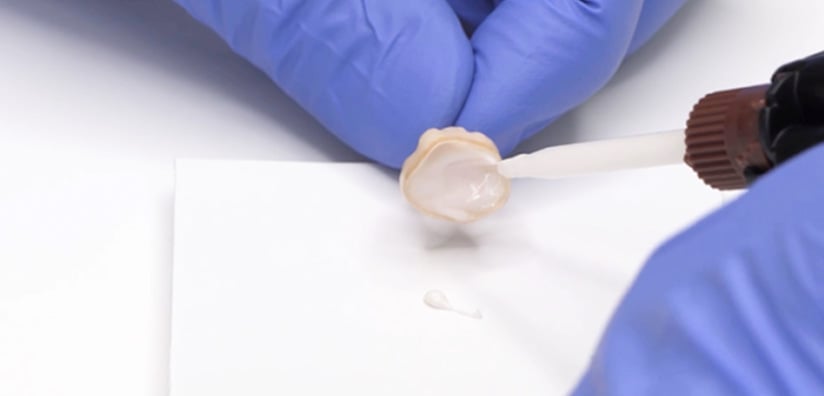Recent technological advancements have led to zirconia becoming the most requested material for fixed restorations in Dentistry. This column addresses the bonding of zirconia restoration offering a handful of useful tips.
Zirconia is an incredibly strong material with a flexural strength five times greater than other ceramics. It can now be applied to a variety of clinical indications including single crowns, implants, endodontic posts, and both anterior and posterior dental restorations. The evolution of translucent or esthetic zirconia materials encourages its use without visual limitations.
Zirconia is a ceramic, but it is not an etchable ceramic, nor does it contain silica. Zirconia cannot be etched or silinated, so the bonding procedure is different than the one used for felspathic porcelain or lithium disilicate. One of the common errors clinicians make is treating zirconia like it is lithium disilicate when bonding zirconia.
Zirconia Bonding Tips
1. Prepare the intaglio of the crown before cementation.
 Dental zirconia bonds to phosphates. A core problem is that saliva contains a significant amount of phosphate. This means that the presence of saliva contaminates the surface of zirconia restorations and hinders the development of a strong bond due to the depletion of bonding sites.
Dental zirconia bonds to phosphates. A core problem is that saliva contains a significant amount of phosphate. This means that the presence of saliva contaminates the surface of zirconia restorations and hinders the development of a strong bond due to the depletion of bonding sites.  During try in the zirconia is exposed to saliva. So before performing the final bonding it is critical to decontaminate the zirconia intaglio. Simply rinsing out the saliva does not remove the phosphate groups that are bonded to the zirconia. Use an alkaline gel such as potassium hydroxide solution that can remove saliva that can contaminate the crown, thus reducing the bond failure. There are several on the market, one example is Ivoclean from Ivoclar Vivadent.
During try in the zirconia is exposed to saliva. So before performing the final bonding it is critical to decontaminate the zirconia intaglio. Simply rinsing out the saliva does not remove the phosphate groups that are bonded to the zirconia. Use an alkaline gel such as potassium hydroxide solution that can remove saliva that can contaminate the crown, thus reducing the bond failure. There are several on the market, one example is Ivoclean from Ivoclar Vivadent.
2. Consider zirconia primers to increase the bond strength.
Since conventional silane coupling formulas cannot bind to metal-oxide ceramics, ceramic primers have unique adhesive monomers that allow them to bond to zirconia. This is especially recommended when preps are not meeting the recommended prep requirements for height and angle of axial walls. When your prep is short this can make the difference whether it stays bonded or not. Monobond Plus from Ivoclar Vivadent, and Z-Prime Plus from BISCO are just 2 examples.
3. Utilize self-adhesive dual-cure resin cement which is more effective than regular cements for zirconia crowns and bridges.
I hope you find these tips useful. Thank you for reading and for your business.
If you ever experience cementing complications with a zirconia restoration, call our lab directly to discuss your specific case with our expert technical team. DDS Lab’s technical team is ready to help solve any issues regarding zirconia crowns or bridges and will work with your office to find the best solution.
Schedule a consultation with our technical team ›

References:
https://www.ivoclarvivadent.com/en_us/course/tips-on-cementing-zirconia/48449
https://www.ivoclarvivadent.com/en_us/products/cementation/monobond-etch---prime